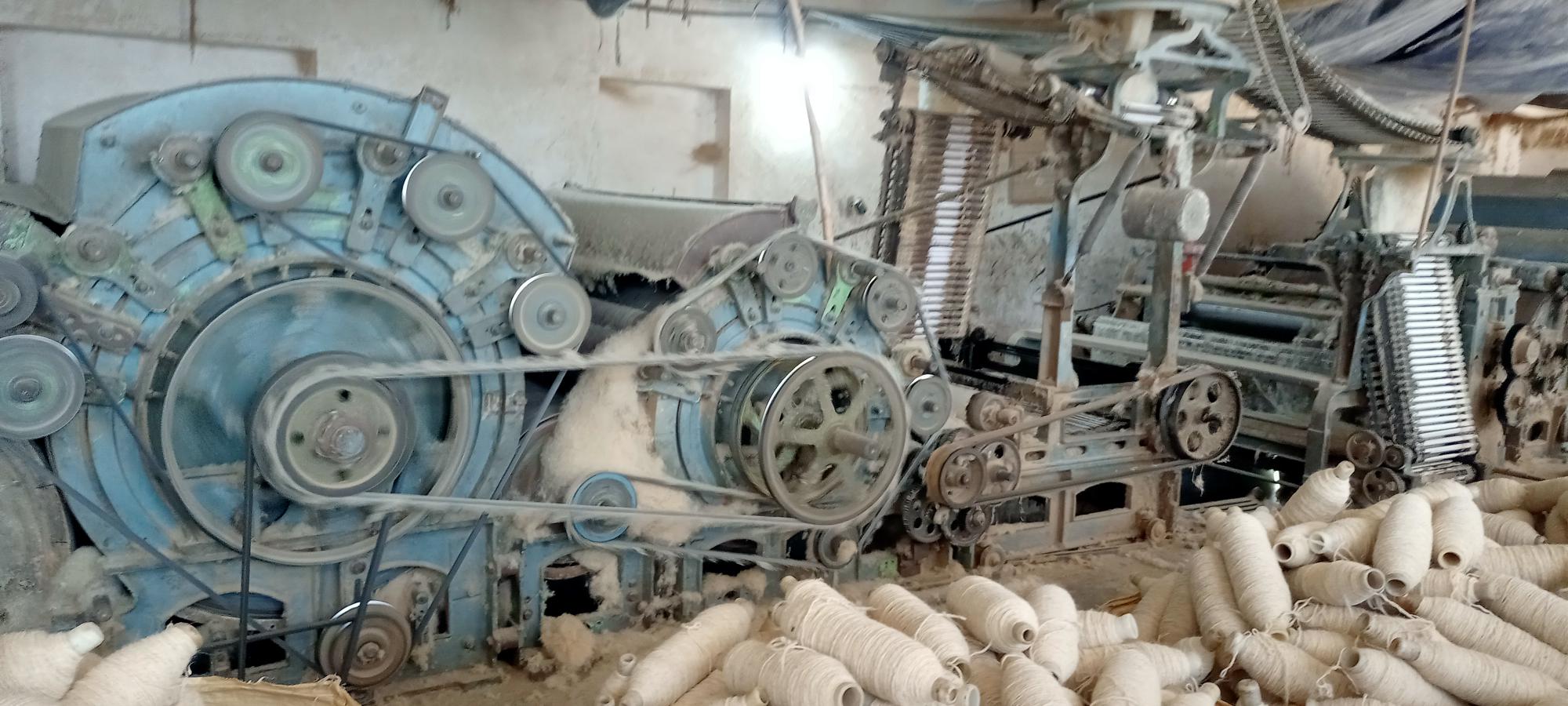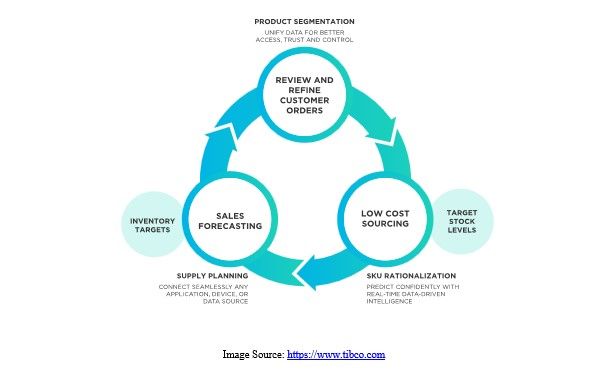-
Investment and Infrastructure: The infrastructure is the backbone of the textile Industry which includes building and upgrading manufacturing facilities, procuring weaving machinery & equipment, and warehouses for supply chain management and R&D Centres. These investments enhance the industry’s productivity. Through loans, equity investments, and other financing mechanisms, finance enables textile companies to have a strong infrastructure for operational efficiency, innovation, and long-term sustainability.
-
Working Capital Management: Effective working capital management allows a company to meet daily operational expenses, raw material procurement, and maintain inventory levels. It involves forecasting accurate cash requirements, proper Payables Management & monitoring timely collections that add a plus point in allowing textile businesses to maintain a healthy working capital position.
-
Cost Control and Budgeting: Various components of cost are: a. Production Cost b. Labour Cost c. Overhead Expenses Understanding the importance of these cost drivers ensures minimum overall production costs. With the implementation of cost-reduction strategies, operations can be streamlined and unnecessary expenses can be eliminated. Finance plays a central role in developing budgets, setting financial targets, and monitoring performance against those targets. By comparing actual costs with budgeted costs, finance helps identify areas of overspending. Standard Costing and Variance analysis are the main processes performed by finance professionals to monitor costs and take corrective actions.
-
Renewable Energy and Environment: Finance supports businesses to invest in energy-efficient programs such installation of solar power systems, wind turbines & biomass energy, and other renewable energy infrastructure. By performing waste management, water usage, and pollution control, businesses can contribute to a healthy environment. It increases the sustainability of the business. It also helps in reducing the overall production cost. By adopting and promoting renewable energy resources, the company may get government grants, subsidies, tax credits, and long-term low-interest loans.
-
Research & Development: Hiring skilled researchers, scientists, engineers, and technicians for research activities & conducting experiments requires cash. Adequate financial resources in the business ensure that R&D Centre is set up and is working well. R&D helps businesses to self-evaluate existing products, services, and processes along with areas of improvement. Providing the necessary funds for technological upgrades gives the textile industry a competitive lead in the global market. Financial resources allocated to R&D help businesses stay at the frontline of technological advancements and meet evolving consumer demands around the globe.
-
Business Expansion: Finance professionals do financial analysis to study the viability and potential returns on business expansion initiatives. It provides both debt and equity options for the collaboration to take place. There are eight types of Business Expansions: a. Geographic expansion: This involves entering new geographic areas by opening up new stores and offices in new cities and countries which allows businesses to reach more customers and take advantage of growth opportunities. b. Product-line Expansion: By offering new products to customers, businesses can increase market share and leverage existing customer relationships. c. Market Segment Expansion: This involves targeting consumer groups with different preferences and needs. It also diversifies the customer base in the market. d. Channel Expansion: If a company sells through retail stores, it can expand to e-commerce platforms. An increase in selling channels boosts sales and helps businesses to adapt to changing consumer shopping habits. e. Franchising or licensing: Franchising means granting the rights to independent individuals or companies to operate under the brand and business model of the franchisor. Licensing means granting the rights to use intellectual property, technology, or proprietary processes to other entities. These are forms of rapids expansion techniques. f. Joint ventures and strategic partnerships: This implies a collaboration of business with other similar businesses. Through common goals and shared resources, both companies achieve mutual growth. g. Merger and acquisition: It mean acquiring the business of a competitor or merging with a complimentary business. It helps in expanding operations and diversifying the market share. h. Organic Growth: It refers to growth through internal initiatives within the organization. It involves improving production efficiency and sales efforts.
-
International Trade and Export Financing: The textile industry is a global business that heavily depends on the international market for its growth and expansion. International trade involves dealing in multiple foreign currencies which comes with associated currency rate risks. Effective financial planning will lead to smooth cash flows that facilitates: a. Foreign Exchange (Cross border Currency Exchanges) b. Trade Documentation & Legal Compliances c. Export-Import & Insurance Related Procedures Funds empower textile businesses to engage in successful and profitable international trade. With impactful financial support, textile businesses can seize global opportunities by expanding their market reach and reducing geopolitical risks.
-
Financial Reporting: Financial Reporting creates a historical record of a company’s financial activities. These records are valuable for internal analysis, external audits, and future references. Major components of Financial Reporting are: a. Balance Sheet b. Income Statement c. Cash Flow Statements d. Notes to Financial Statements Apart from this, compliance with Accounting Standards (GAAP & IFRS), Disclosure of Key Performance Indicators (KPI), and External Audit & Assurance increase the reliability and credibility of the Financial Statements of the company and increase the Value of the business.
-
Legal Compliances: Legal compliances ensure that the company operates within the regulatory framework of applicable laws and regulations. Compliance with employment laws, and regulations related to labeling, pricing, and consumer privacy come under fair trade practices. The setup of a Customer Care Unit reduces the chances of Disputes relating to Sales of goods and other services rendered. The cross-border movement of goods involves complex legal frameworks such as Export-Import Regulations and Quality Standards. Intellectual Property such as Patents, Trademarks, and Copyrights are also essential for brand building and preserving the value of the business. Ethical Corporate Practices lead to the long-term sustainability of the entity.
Conclusion
Finance is a fundamental driver of success in the Textile Industry. By effectively managing available resources and promoting cost-consciousness at all levels of the organization, finance helps create a mindset that encourages employees to identify cost-saving opportunities, propose innovative ideas, and actively contribute to reducing expenses leading to the overall growth and development of the business entity and employees as well.





